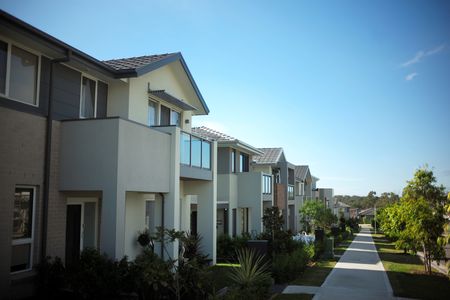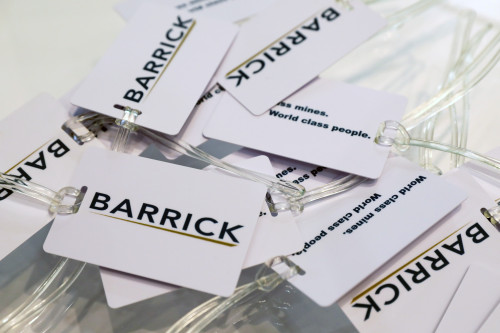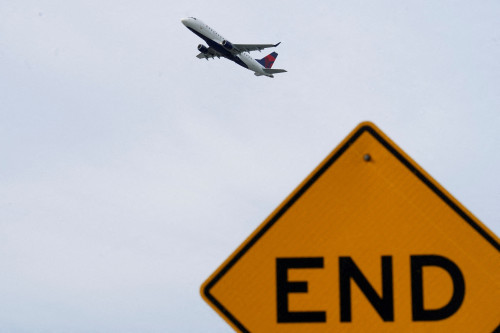By Stella Qiu
SYDNEY (Reuters) – Australia’s home prices rose for a fifth straight month in July, according to property consultant CoreLogic, although the monthly gain slowed as an increase in new listings offered more options to buyers, taking heat out of the market.
CoreLogic figures on Tuesday showed prices nationally rose 0.7% in July from June, slowing from a jump of 1.1% in the earlier month. Since finding a floor in February, national prices have risen 4.1%, following a 9.1% decline from their peak in April last year.
Home price gains in Sydney slowed to 0.9% for the month compared with June, down from growth of 1.7%, the data showed.
The Reserve Bank of Australia (RBA) has jacked up interest rates by a whopping 400 basis points since May last year to tame inflation, but housing prices found a bottom earlier than expected due to short supply and surging migration levels.
The burden on mortgage holders could increase further this week, with a slim majority of economists polled by Reuters expecting the RBA to hike by another quarter-point on Tuesday. Futures, however, show expectations of a pause.
CoreLogic research director Tim Lawless said sellers were becoming more active at a time that is normally seasonally subdued, with new listings added in Australia’s main cities in July lifting by 3.9% over the previous month.
Listings in Sydney jumped 9.9% from a year ago and were 18% higher than the average for the previous five years.
“If we do see the volume of listings increase further, which is likely as we approach spring, that could take some further heat out of the market unless that is offset by a more substantial lift in active buyers,” said Lawless.
So far, it seems demand is keeping up with the increased flow of new listings, said Lawless, adding that more home owners could be picking current market conditions as a good time to sell rather than waiting until later.
Separate data from PropTrack also out on Tuesday was more upbeat, with national prices returning to positive annual growth in July and just 1.4% lower than their peak last year.
(Reporting by Stella Qiu; Editing by Tom Hogue)





